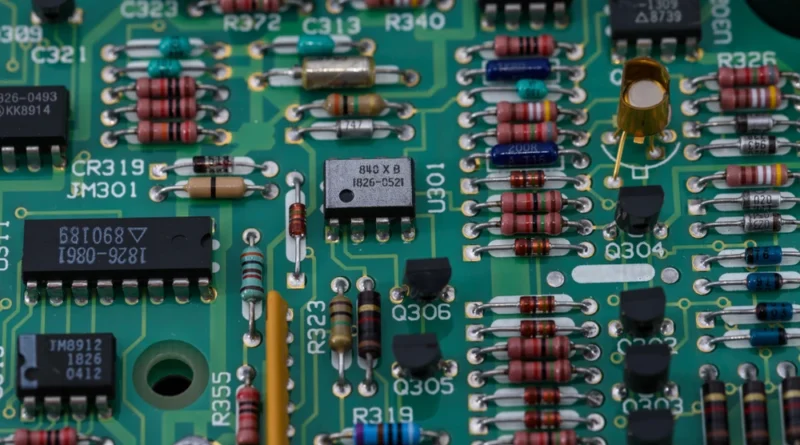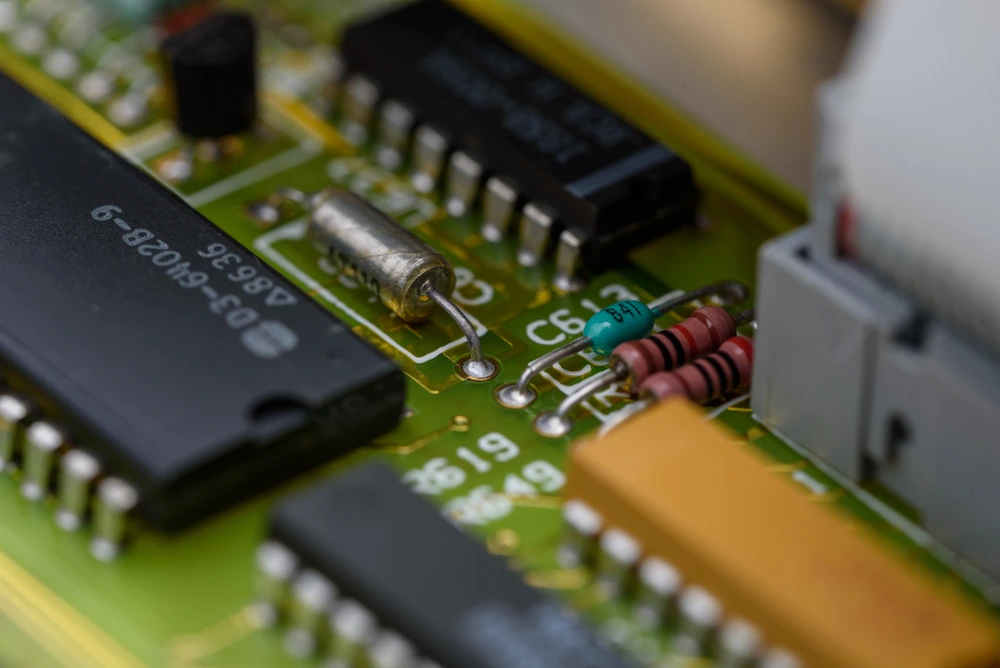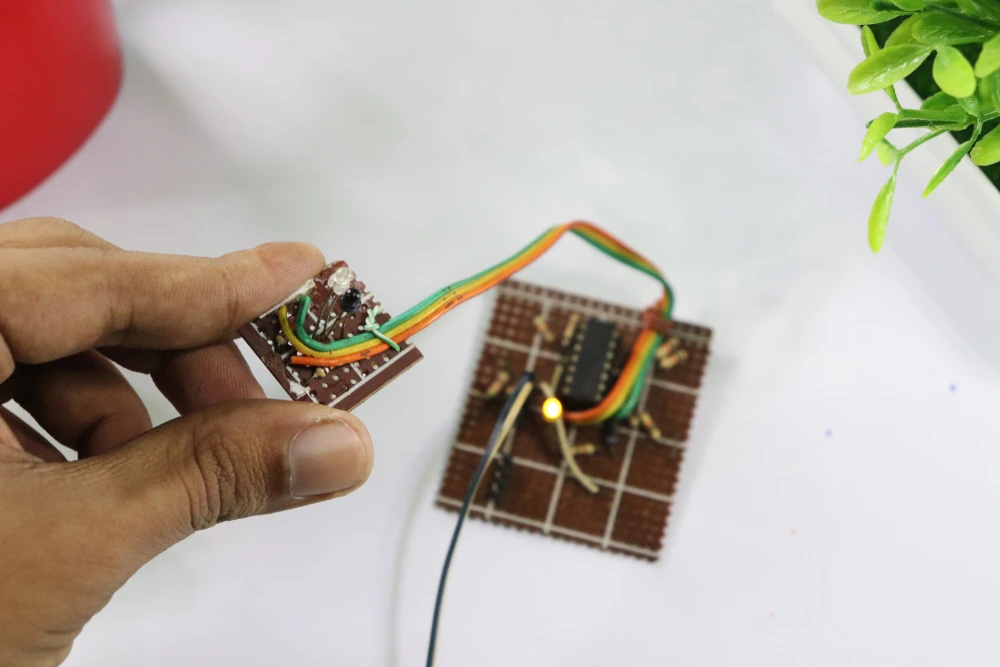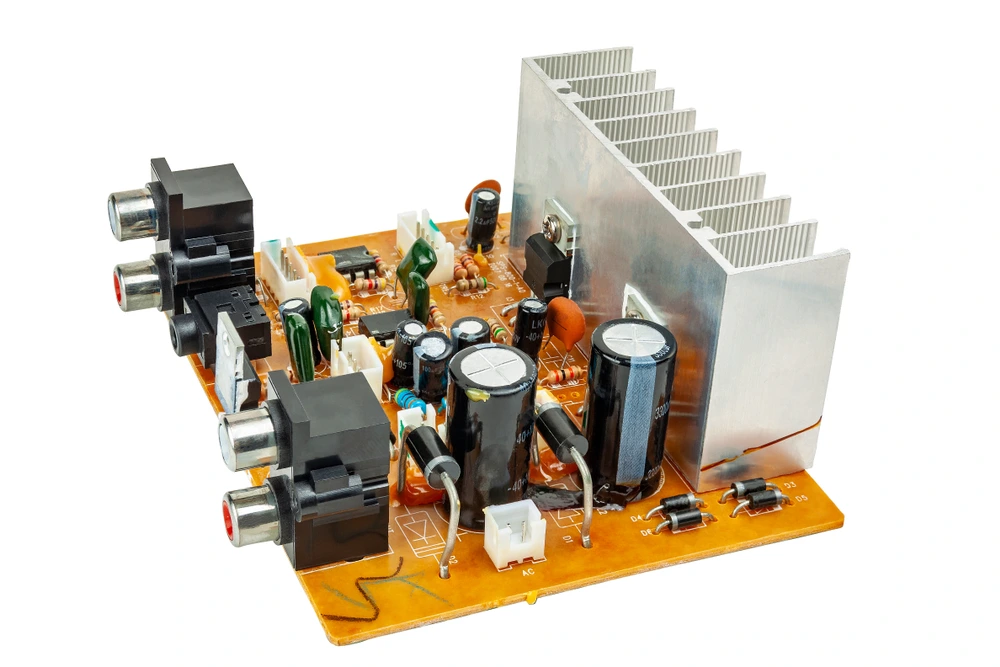
Operational amplifiers, commonly known as operational amplifiers, are fundamental components in electronic circuits and play a crucial role in signal processing and amplification. Understanding the characteristics of operational amplifiers is important for both engineers and enthusiasts because these components affect the performance of various electronic systems. In this comprehensive guide, we explore the key characteristics of operational amplifiers and provide insights that will improve your understanding of these versatile devices.
Stress displacement and deviation

The voltage shift in op amps, i.e. the low voltage between the input terminals in the event of a short circuit, affects accuracy. Minimizing drift and changing displacement in relation to temperature ensures stability under various operating conditions.
Voltage displacement
One of the fundamental properties of operational amplifiers is voltage offset, which refers to the small voltage between the input terminals when short-circuited. This offset can lead to inaccuracies in signal processing and affect amplifier accuracy. Low voltage offset operational amplifiers are preferred for applications where accuracy is important, such as instrumentation amplifiers.
Voltage deviation
Another important aspect is stress drift, which represents the change in displacement stress with temperature fluctuations. Operational amplifiers with minimal voltage deviation ensure stability and accuracy under various operating conditions, making them suitable for different environments.
Common mode and differential modes
Operational amplifiers work in common mode and differential mode. Common Mode Rejection Ratio (CMRR) measures the ability to reject unwanted signals at both inputs, which is critical for real-world performance and interference rejection.
Common Mode Rejection Rate (CMRR)
Operational amplifiers have common-mode and differential modes of operation. CMRR measures the ability of an operational amplifier to reject common mode signals present at both input terminals. A higher CMRR indicates better rejection of unwanted common-mode signals, thus improving amplifier performance in real-world scenarios.
Input Differential Resistance
The differential input resistance of an op amp is a crucial characteristic that affects its response to differential input signals. A high differential input resistance ensures efficient signal amplification and is particularly important in applications where input impedance matching is essential.
Open loop and closed loop configurations
Operational amplifiers work in open and closed configurations. Open gain (A_OL) provides significant gain, while closed configurations utilize feedback networks to provide precise gain control for custom applications.
Open mesh reinforcement
Operational amplifiers work in open and closed configurations. The open gain, denoted as A_OL, represents the gain factor when no feedback is applied. Although high open gain provides significant gain, it makes the circuit more susceptible to noise and instability.
Closed Loop Settings
Closed-loop configurations achieved through feedback networks help control op-amp gain and tailor it to specific applications. Common closed-loop configurations include inverting, non-inverting, and differential amplifiers, each offering unique advantages based on desired output characteristics.
Slew Rate and Bandwidth

Slew rate defines how quickly an op amp responds to input changes. High slew rates are essential for high frequency applications. Bandwidth, the frequency range for effective gain, complements slew rate considerations in optimizing performance.
Growth rate
Slew rate is a critical parameter that defines how quickly an operational amplifier can respond to rapid changes in input signals. It is expressed in volts per microsecond (V/µs). High slew rates are essential for applications involving high-frequency signals to ensure that the operational amplifier can keep up with rapid changes without distortion.
Bandwidth
The bandwidth of an operational amplifier is another important characteristic. Represents the frequency range in which the amplifier can provide significant signal amplification. Understanding the relationship between bandwidth and slew rate is critical to selecting operational amplifiers that meet the specific frequency requirements of a specific application.
Noise and distortion
Operational amplifiers contribute to circuit noise. Low input noise is critical to maintaining signal integrity. Harmonic distortion control ensures faithful reproduction in applications such as audio amplification.
Input noise
Operational amplifiers contribute to the overall noise in a circuit. Understanding the characteristics of input noise is critical for applications where low noise is critical. Low input noise operational amplifiers ensure that the signal-to-noise ratio remains favorable and the integrity of the amplified signal is maintained.
Harmonic distortion
Harmonic distortion means that the waveform of the input signal is altered, creating unwanted harmonics. Minimizing harmonic distortion is critical for applications such as audio amplification, where sound fidelity is of utmost importance. In these scenarios, operational amplifiers with low harmonic distortion are preferred.
Power Supply Rejection Ratio (PSRR)
PSRR reflects the sensitivity of an operational amplifier to fluctuations in the power supply. A high PSRR ensures stable performance despite current fluctuations and is therefore crucial for applications that require constant performance.
Power supply sensitivity
The supply voltage rejection ratio (PSRR) measures the sensitivity of an operational amplifier to fluctuations in supply voltage. High PSRR op amps are less affected by power supply fluctuations, ensuring stable performance in real-world applications where power conditions can vary.
Dual power supply operation
Some operational amplifiers can operate with dual power supplies, allowing for positive and negative voltage rails. This capability is beneficial in applications where positive and negative signals need to be amplified or where greater output voltage swing is required.
Input and output impedance

A high input impedance minimizes the load on the signal source. Low output impedance allows efficient signal transmission to connected loads, which is critical to maintaining signal integrity throughout the circuit.
High input impedance
Operational amplifiers typically have a high input impedance, which minimizes the effect of loading on the source signal. High input impedance is beneficial in scenarios where the input signal source has a high output impedance, as it prevents signal degradation and loss.
Low output impedance
Low output impedance is crucial for driving loads efficiently. Operational amplifiers with low output impedance can deliver significant current to the load without significant voltage drop, ensuring optimal signal transmission to subsequent stages of the circuit.
Operational amplifier performance characteristics
| Operational amplifier model | PSRR (dB) | Dual power supply | Input impedance (MΩ) | Output impedance (Ω) |
|---|---|---|---|---|
| Operational amplifier A | 80 | Yes | 1 | 100 |
| Operational amplifier B | 85 | Yes | 5 | 50 |
| Operational amplifier C | 90 | NO | 10 | 20 |
Conclusion
In summary, studying the various characteristics of operational amplifiers, including power supply requirements, input and output impedance, and temperature stability, is essential for making informed decisions when designing electronic circuits. Engineers can use this knowledge to optimize operational amplifier selection based on the specific requirements of their applications, ensuring reliable and efficient performance.
Common questions
What is the significance of voltage offset in op amps?
When short-circuited, the voltage offset in op amps refers to the small voltage between the input terminals. It affects signal processing accuracy, which is why low voltage offset is critical for precision applications.
How does common mode rejection ratio (CMRR) affect op amp performance?
CMRR is a measure of an operational amplifier's ability to reject common mode signals. A higher CMRR indicates better rejection and improves amplifier performance in real-world scenarios with unwanted common mode noise.
Why is slew rate important in op amps?
The slew rate determines how quickly an op amp can respond to rapid changes in input signals. High slew rates are essential for applications with high frequency signals, as they guarantee distortion-free signal reproduction.

